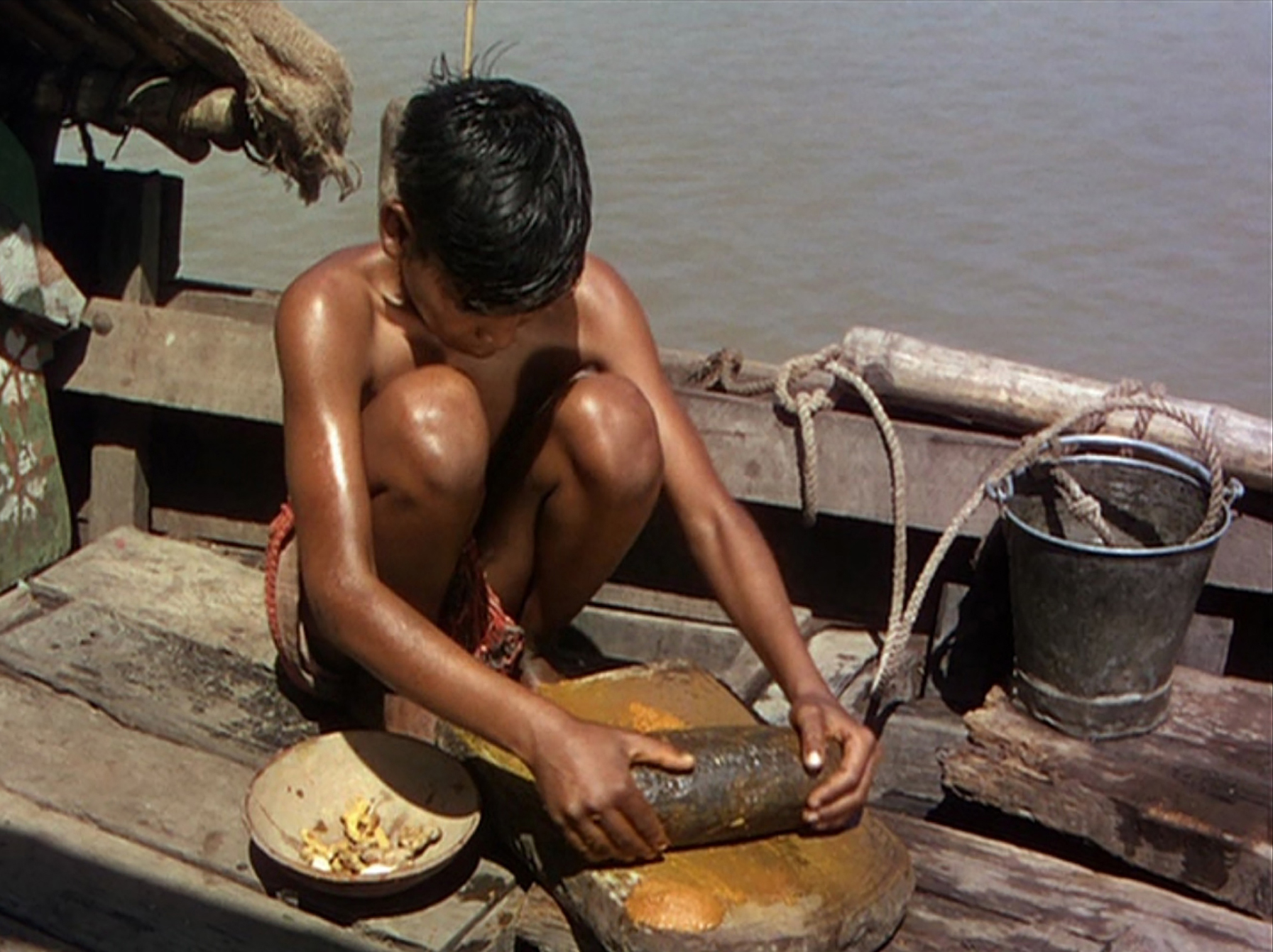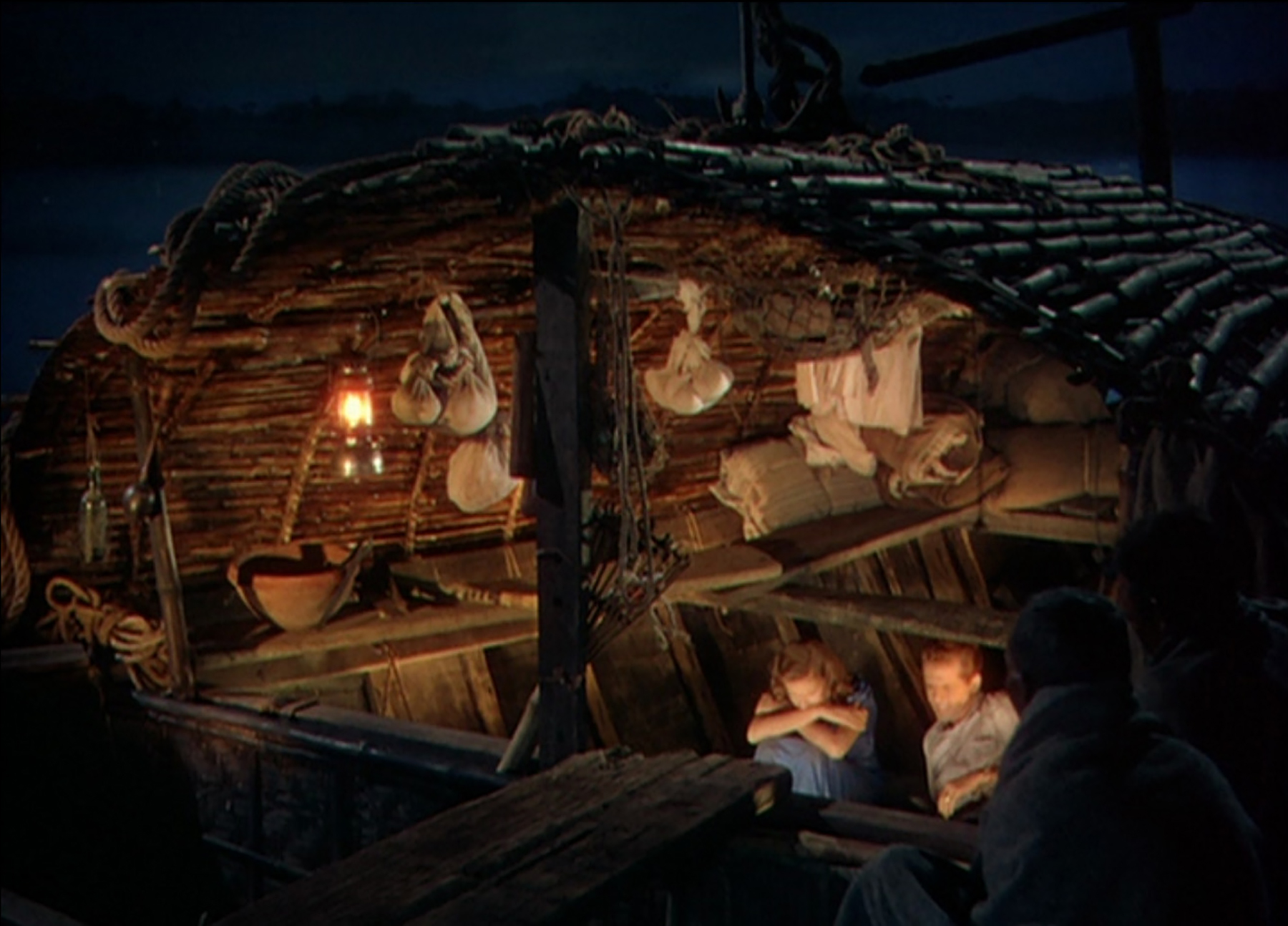
- Industry
Out of the Vaults: Renoir’s “The River”, 1951
When Martin Scorsese was nine-years-old, his father took him to see Jean Renoir’s film The River. He said later that it would turn out to be one of the formative film experiences of his life. In 2004, when the Criterion Collection released the DVD of the film, in an interview included on it, Scorsese said, “The Red Shoes are the two most beautiful color films ever made.” It was Renoir’s first film shot in Technicolor; his nephew Claude Renoir was the lighting cameraman.

Marlon Brando, James Mason, Sam Wanamaker, Glenn Ford, and Van Heflin. Renoir had to cast a number of unknown actors and amateurs in the film; it was the first and only film for Patricia Walters and Thomas E. Breen, two of the leads.
The River won the International Award at the Venice Film Festival in 1951. It is also on Scorsese’s top 10 list of his favorite films. Wes Anderson has said it influenced his decision to make The Darjeeling Limited in India in 2007 after Scorsese showed him the film.
The film was restored by the Academy Film Archive, in association with the BFI and Janus Films, with funding provided by the Hollywood Foreign Press Association and Scorsese’s The Film Foundation. The restored version in all its Technicolor glory can currently be seen on HBO Max with a new title card acknowledging all the partners of the restoration at the start of the movie.
The film was restored from the 35mm nitrate three-strip original camera negatives and a 35mm IB Technicolor print lent to the project by Scorsese. From the restored track negative and the original three-strip negatives, a fully corrected answer print was made at Cinetech, a lab in Valencia, California, specializing in archival restoration. 35mm black-and-white fine-grain master positives (or separation masters) were then made from the three-strip negative, as well as a combined color interpositive. Finally, from the new black-and-white fine-grain masters, a recombined 35mm color internegative was created. The new internegative and restored track negative will be used to make all additional prints.